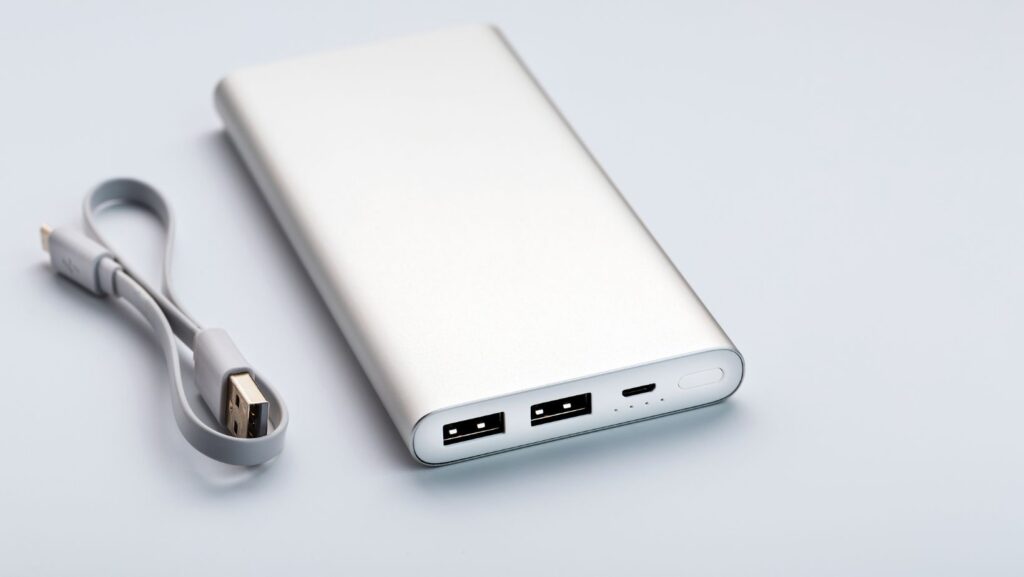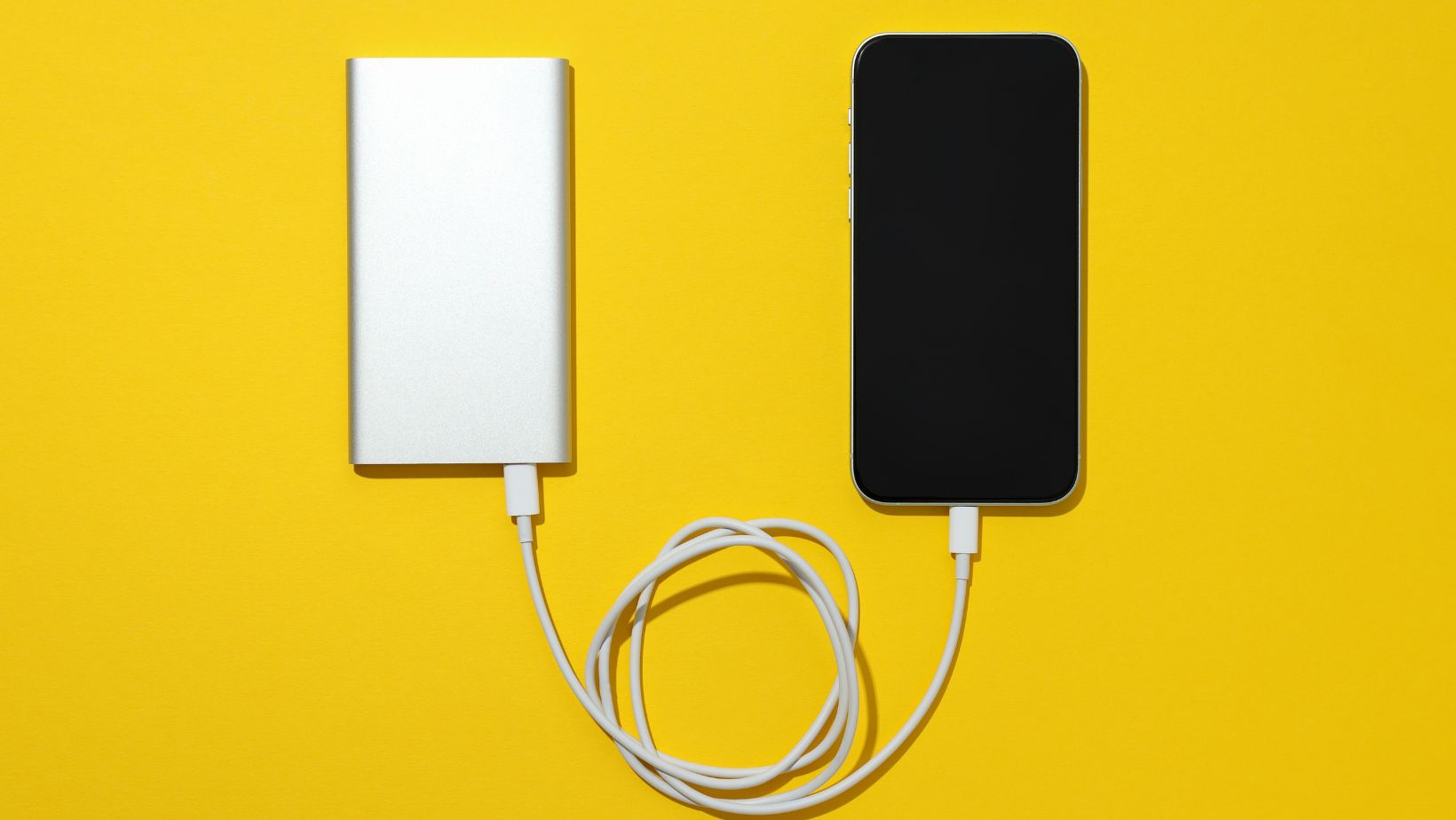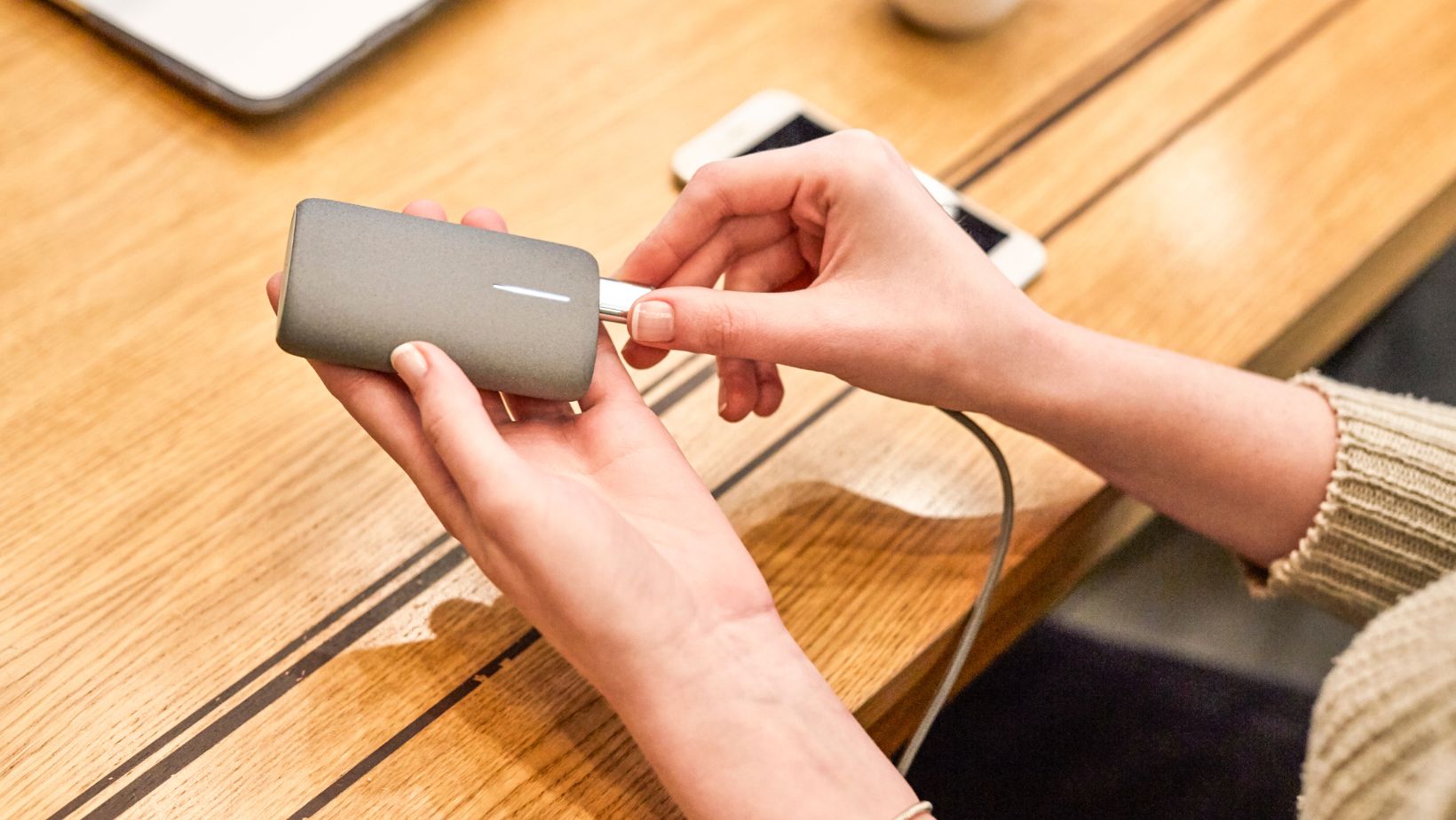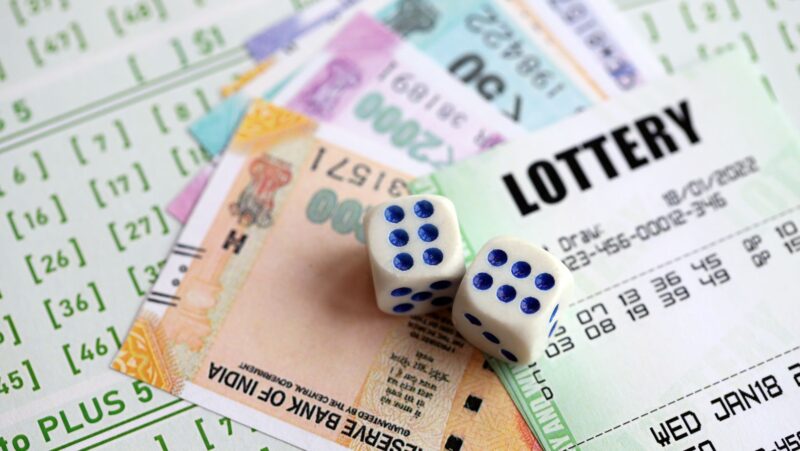
Smartphones, tablets, headphones, smartwatches—every year, the number of gadgets we carry around increases. Thanks to these devices, we can not only work but also play games from the Hell Spin Baccarat Collection or just keep in touch with people around the world. While this makes life more convenient, it also adds one more responsibility: keeping everything charged. Fortunately, there’s now a wide selection of portable power banks to help with that. But how do you pick the right one without making a mistake?
Battery Capacity: How Much Do You Need?
The first thing to consider is capacity. To choose wisely, you need to understand how you’ll be using the power bank.
- Need a compact backup for emergencies? Go for a small model that fits in your pocket or a small bag.
- Want to recharge a smartphone or tablet from 0% to 100%? A standard-capacity power bank will do the job.
- Need multiple charges for several devices? Look for a high-capacity model with up to 30,000mAh.
- Going off the grid or need a backup power source at home? Consider a portable power station.
However, keep in mind that the actual capacity a power bank can deliver is lower than the stated value due to energy loss during transfer. On average, the real output is about 20% less than what’s advertised. So, a 10,000mAh power bank won’t fully charge a 5,000mAh smartphone twice—it will manage about one and a half charges instead.
Types of Power Banks
Compact Power Banks (Around 5,000mAh)
Small, lightweight, and easy to carry, these power banks are perfect for keeping your phone or wireless earbuds alive when you’re running low on battery.
Standard Power Banks (10,000–15,000mAh)
These are the most popular options, offering enough power to charge a smartphone, earbuds, or even a tablet. They’re still light enough to carry in a handbag or backpack, though they may not fit in a pocket.
High-Capacity Power Banks (20,000–30,000mAh)
Ideal for those who need to charge multiple devices or power gadgets with larger batteries. Some models even support laptop charging if they provide sufficient output voltage. However, these power banks are bulkier, weighing around 500g or more, making them less portable.
Ultra-High-Capacity Power Banks (50,000mAh and Above)
Often referred to as power stations, these units are too large to carry around casually—they weigh over 2kg and can take up significant space in a backpack.

But they’re invaluable for road trips and camping, capable of charging everything from smartphones and laptops to portable stoves and even small TVs. Many models charge via a standard wall outlet, and some can also recharge from a car battery or solar panels.
Battery Type: Li-Ion vs. Li-Poly
Most power banks use either lithium-ion (Li-Ion) or lithium-polymer (Li-Poly) batteries.
- Li-Ion batteries store more energy per weight, charge faster, and hold power longer. However, they have a shorter lifespan, cost more, and perform poorly in cold temperatures.
- Li-Poly batteries are more flexible in shape, allowing for slimmer designs. They also provide higher current output and are more resistant to damage. The downside? They are sensitive to overheating.
Ports, Cables, and Power Output
Most modern power banks come with a standard USB port, and many now include USB Type-C for faster charging.
- USB Type-C ports can both input and output power, making them more versatile.
- Multiple ports allow charging several devices at once, though power gets distributed among them.
Power Output Matters
The charging speed depends on the power bank’s output voltage and amperage. A basic power bank with 2A and 5–9V output won’t be able to charge a laptop. Laptops typically require at least 12V output, while smartphones use 12V for ultra-fast charging.
Features to Look For
Fast Charging
A must-have for quickly powering up your smartphone or high-energy devices.
Wireless Charging
Great if your phone supports it and you want to avoid cables. Just note that wireless charging increases energy loss, further reducing the power bank’s effective capacity.
Charge Level Indicator
Most power banks have LED indicators, but some come with a full display. Choose what’s most convenient for you.
Multi-Device Charging
Perfect for group outings or if you have several gadgets to charge at once. Just remember that the more devices you plug in, the slower each one will charge.
Pass-Through Charging
This feature lets you charge devices while the power bank itself is plugged into an outlet. It can be handy when you have limited power sources and want to charge multiple devices at once.
Overload Protection
Built-in safety features protect against overheating and power surges, which can be crucial in unexpected situations.

Most quality power banks already include these safeguards.
Features to Skip
Aluminum Body
Metal casings may look premium, but they scratch easily. A durable plastic case is often more practical.
Water Resistance
Unless you plan to use your power bank in extreme conditions, waterproofing isn’t necessary. It’s best to keep electronics away from water in general.
Solar Charging
Solar panels on power banks charge slowly. They’re more useful for preventing battery drain than for actually recharging the device.
Built-In Flashlight
A flashlight can be useful in rare cases, but most smartphones already have this feature. Unless you’re an outdoor enthusiast, it’s not worth paying extra for.



